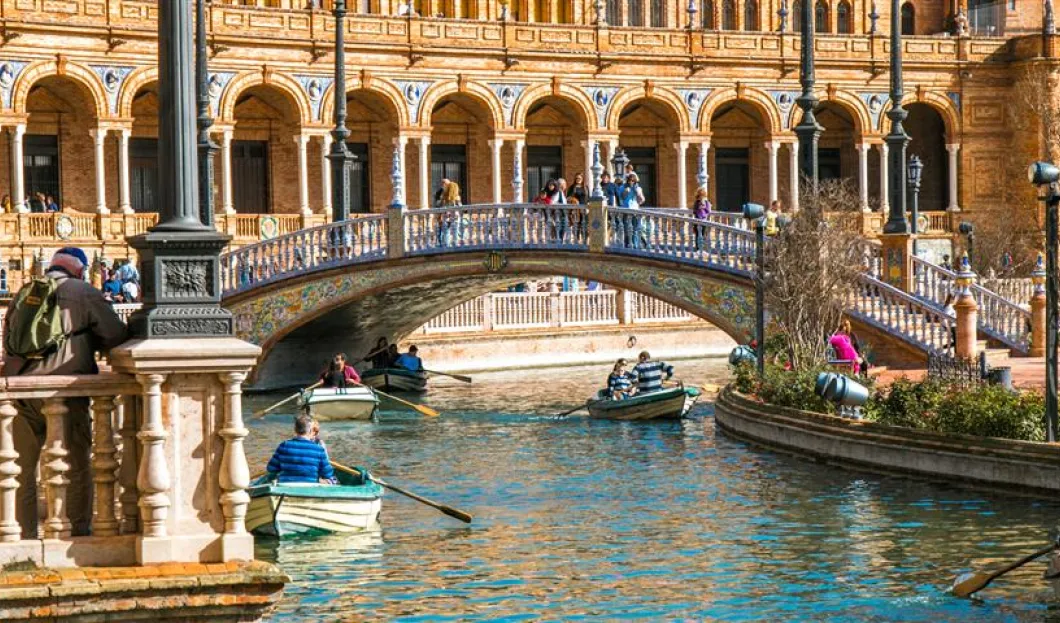
August, the key month of the summer season for Spanish tourism industry, ended with a record spending of 10.354 billion euros by international tourists, up 3.8% over the same month in 2015, although there was a falloff in average spending, daily spending and duration of stay.
The Tourism Expenditure Survey (EGATUR) published last week by the National Statistics Institute (INE) is again showing unprecedented numbers in terms of money spent by foreign tourists in the country for both August and the total for the first eight months of the year.
Up to August, Spanish tourism industry reported a record revenue coming from the foreign visitors amounting to 53.296 billion euros, which represents an increase of 7.1% over the same period in 2015.
The summer season has been outstanding for the sector because of the 7.871 billion euros spent by foreigners in June, up 12.7% over the same month in 2015; overall spending in July was 8.151 billion euros, up 4.5%, and in August 10.354 billion euros, an increase of 3.8%.
The forecasts of EXCELTUR’s management for the summer have been met. Spanish tourism industry has experienced the best summer in its history, thanks mainly to the "tsunami" of borrowed tourists who came to the country due to security concerns in direct competitors such as Turkey.
For the full year, the management projects that there will be 6.5 million more tourist arrivals in Spain than last year (exceeding 74 million visitors), with 3.7 million of them being "borrowed." Spending will rise by 2.7 billion euros, of which 1.53 billion will come from that "unexpected" demand.
The average spending, however, has continued to fall. According to the INE survey, every tourist who visited Spain in August took an average of 1,025 euros out of his pocket, down 1.9%; they spent 116 euros each day, 0.2% less; and the average stay was 8.9 days, representing a decrease of 0.2 days compared to the average of the previous year.
By region, the highlight is the increased spending in Madrid in August, amounting to 15.9% or 649 million euros. The Balearic Islands and Catalonia, for their part, shared the bulk of tourist spending. In the former, foreign tourists spent 2.505 billion euros, representing 24.2% of the total, while in the latter spending reached 2.399 billion euros or 23.2% of the total.
In the first eight months of 2016, the autonomous communities which are major destinations with the highest total spending were Catalonia (with 22.3% of the total), Canary Islands (18.4%) and the Balearic Islands (18.2%).













